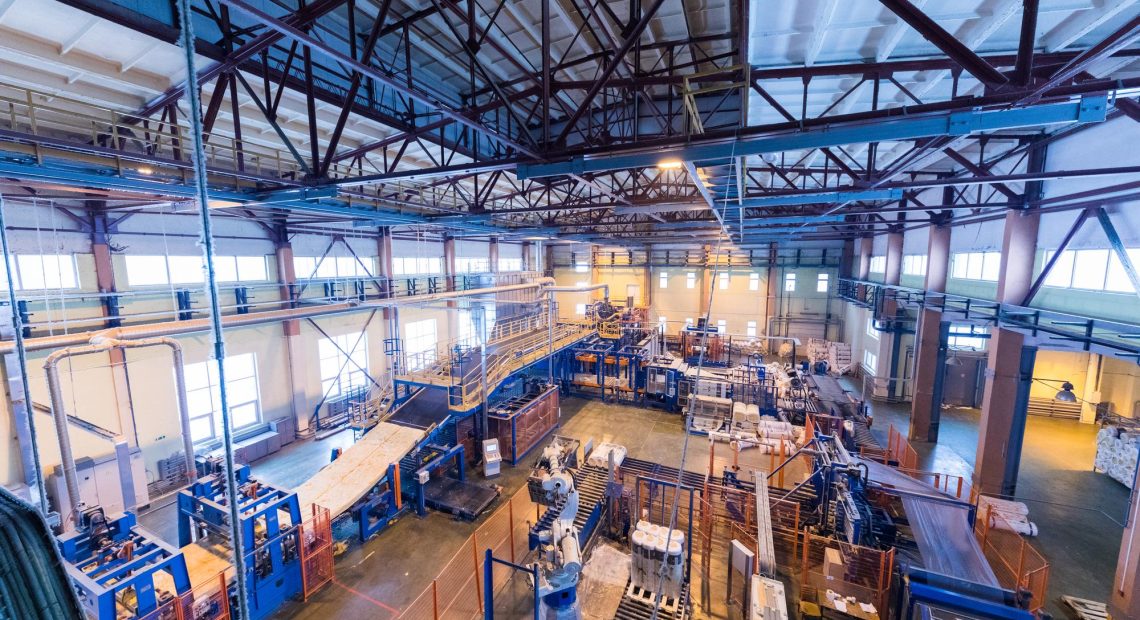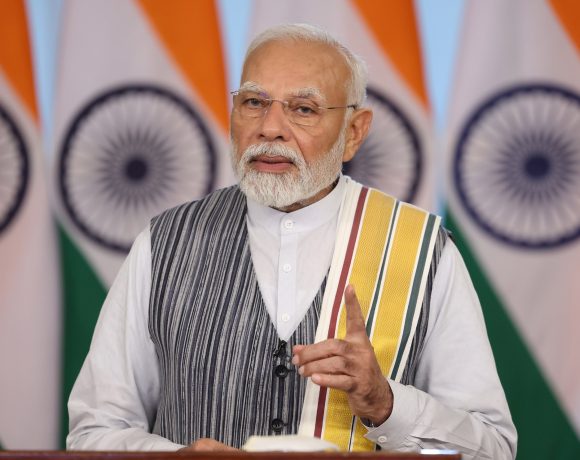
Port Curbs on Bangladesh Imports May Boost Indian Textiles
In a significant policy shift aimed at promoting domestic manufacturing, India has restricted imports from Bangladesh through land ports. This strategic move is expected to provide a ₹1,000 crore boost to the Indian textile industry, according to leading stakeholders and industry bodies. The restriction, which came into effect on May 17, is widely seen as an economic countermeasure and a trade recalibration effort.
New Trade Restrictions via Land Ports
The Directorate General of Foreign Trade (DGFT) has notified that certain goods originating from Bangladesh—including ready-made garments and processed food items—will no longer be allowed entry into India through land customs stations. Instead, such imports must now pass through designated seaports such as Kolkata and Nhava Sheva. The aim is to reduce the volume of duty-free or misrouted goods entering India via porous land routes.
This new rule marks a turning point in how India handles cross-border imports from its eastern neighbour. Officials have noted that the zero-duty access granted to Bangladeshi products was often used to re-route Chinese textiles and garments into Indian markets, undermining local manufacturers.
Textile Industry Poised to Gain
Industry representatives have welcomed the move. Sanjay K Jain, Chairman of the National Textile Committee under the Indian Chamber of Commerce, noted that “a large portion of the ₹6,000 crore worth of garments imported from Bangladesh annually could now be substituted with Indian-made products.” The shift is particularly expected to benefit MSME garment manufacturers, who have been undercut by cheaper imports.
The restrictions are also expected to curb the influx of Chinese-origin textiles indirectly routed through Bangladesh. Indian textile firms, especially in West Bengal, Gujarat, and Tamil Nadu, could see a rise in domestic orders and improved pricing leverage.
Strategic and Political Implications
Beyond economic calculations, geopolitical considerations have also played a role. The decision follows provocative comments from Bangladesh’s interim administration, which hinted at curtailing India’s access to the Bay of Bengal and northeast connectivity routes. Indian officials have interpreted these remarks as an indirect threat to regional cooperation and infrastructure projects.
In addition, India has been at the receiving end of several trade barriers imposed by Dhaka on exports such as cotton yarn and rice. The current import curbs are thus viewed as a reciprocal measure aimed at ensuring fairness and balance in bilateral trade relations.
Short-Term Disruptions, Long-Term Gains
While importers may initially face logistical hurdles and increased shipping costs due to the shift from land to sea routes, industry leaders believe the long-term gains will outweigh temporary discomfort. Increased demand for local products, better utilization of existing capacity, and reduced reliance on foreign apparel are seen as key benefits.
Moreover, the move aligns with India’s broader policy of promoting self-reliance (Atmanirbhar Bharat) and enhancing the competitiveness of its domestic manufacturing sectors.


















